So, after reading Hamish’s post about his trials with P3200, I thought I would write about my recent experience with the film. I selected my EOS 3 for the test bed as it’s no different from a modern DSLR and lets me use my current favorite focal length, 40mm. It also has a system called Eye Control built into the viewfinder. This tracks your eye and will focus to where you’re looking. The system is a bit temperamental and in dark conditions it struggles to pick out where you’re looking. I think that’s down to the expansion of your pupil, though I could be wrong. For my lens choice I went with my Canon 40mm f/2.8. I really like this lens as its as sharp as you’ll ever need for film this grainy and is small enough to not upset the weight distribution.
The Film
I expect to the shock of many on here, I have never shot a Kodak B&W film before. Shot plenty of colour, however for some reason I’ve never tried their single layer offerings. Given that P3200 was relatively new and me needing a fast film for an upcoming model show I was shooting at, I though I would be a good opportunity to give it a go.
It was relatively easy to shoot the film. Shooting at EI 3200 gave me decent shutter speeds of around 1/250 at f5.6. However, I feel that I should have paid more attention to the lighting. As after developing, I noticed that some of the negatives were a bit thin. I chalk that up to my fault and not the film. The idea was to use Xtol at 20°c, however due to the cold water being hotter than I anticipated, instead I developed it at 24°c for 9 ½ minutes. Scanning was done on a Flextight X1
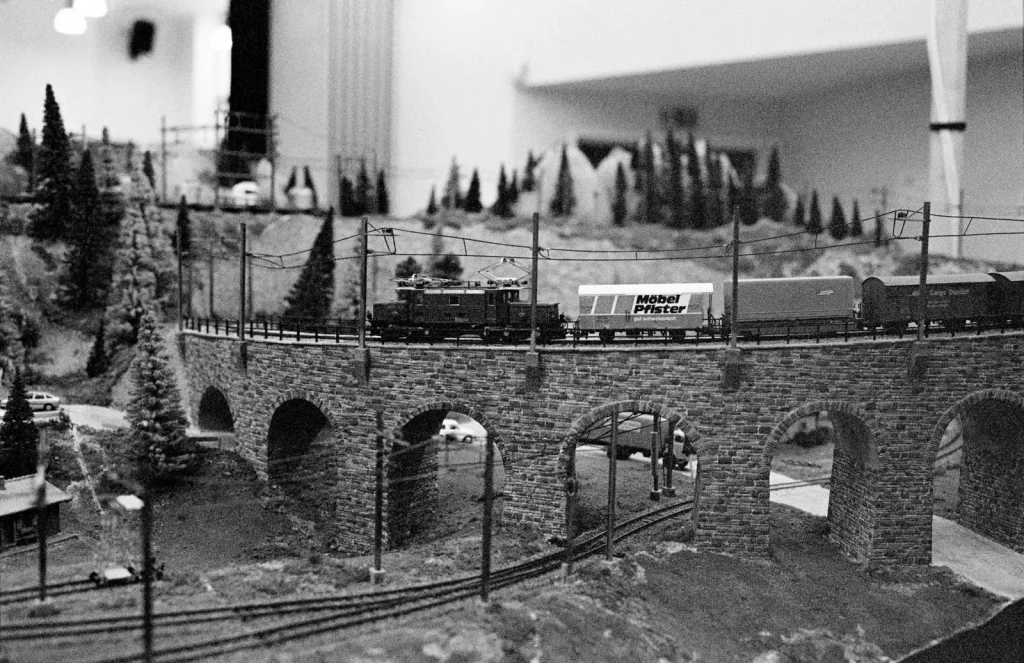
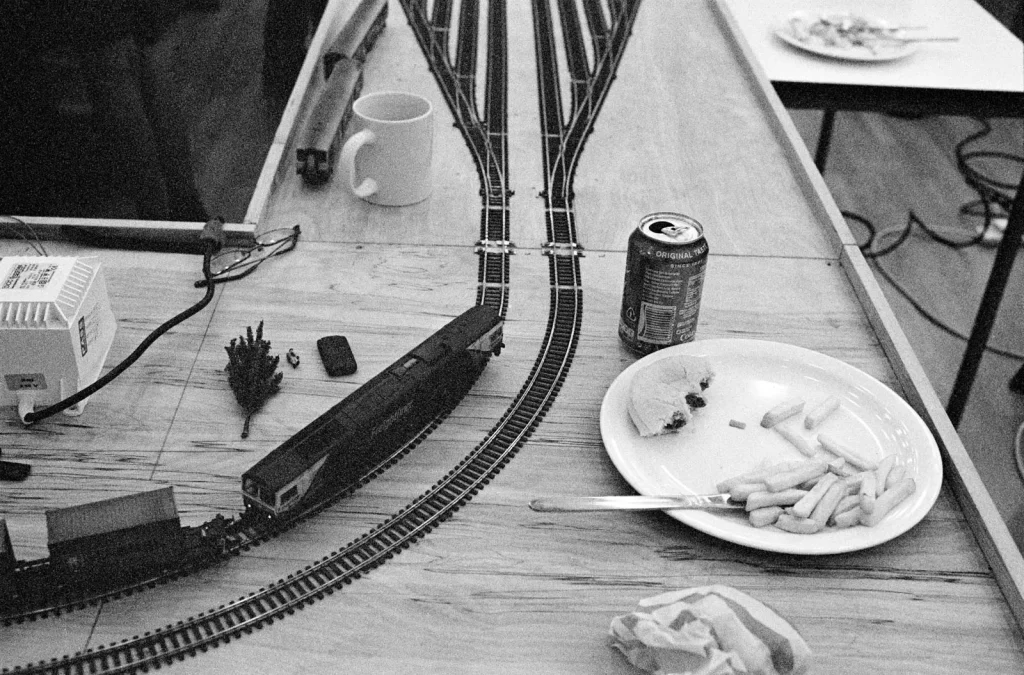
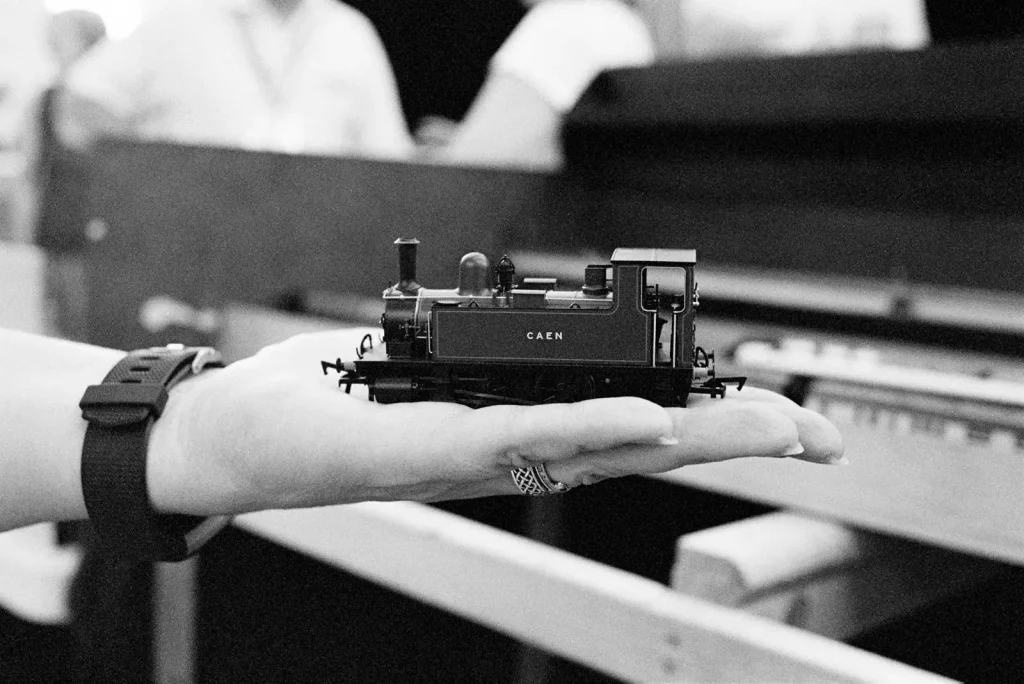
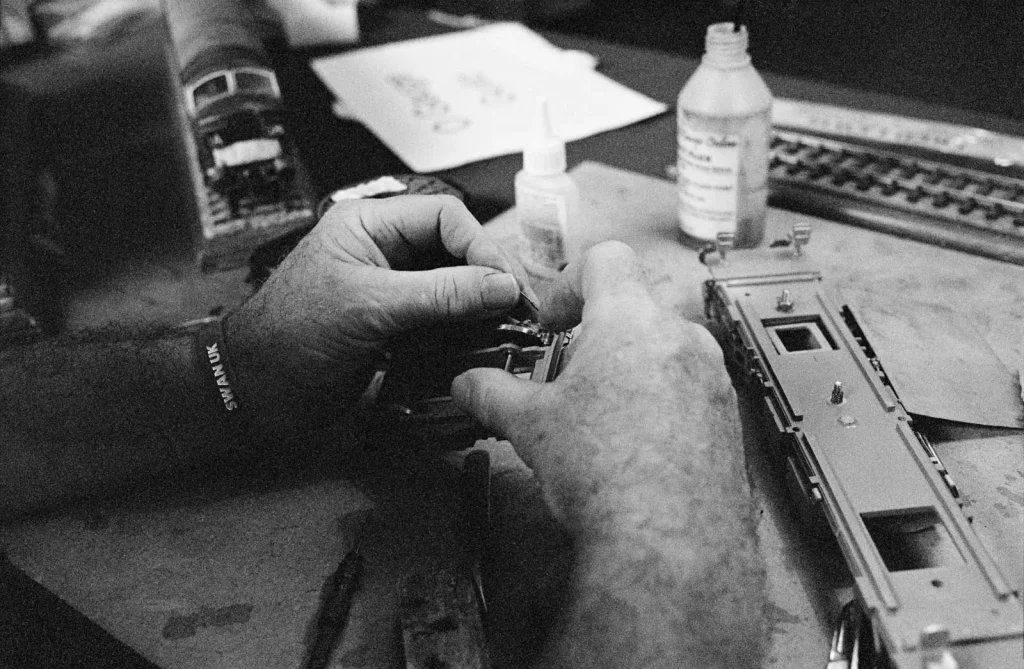
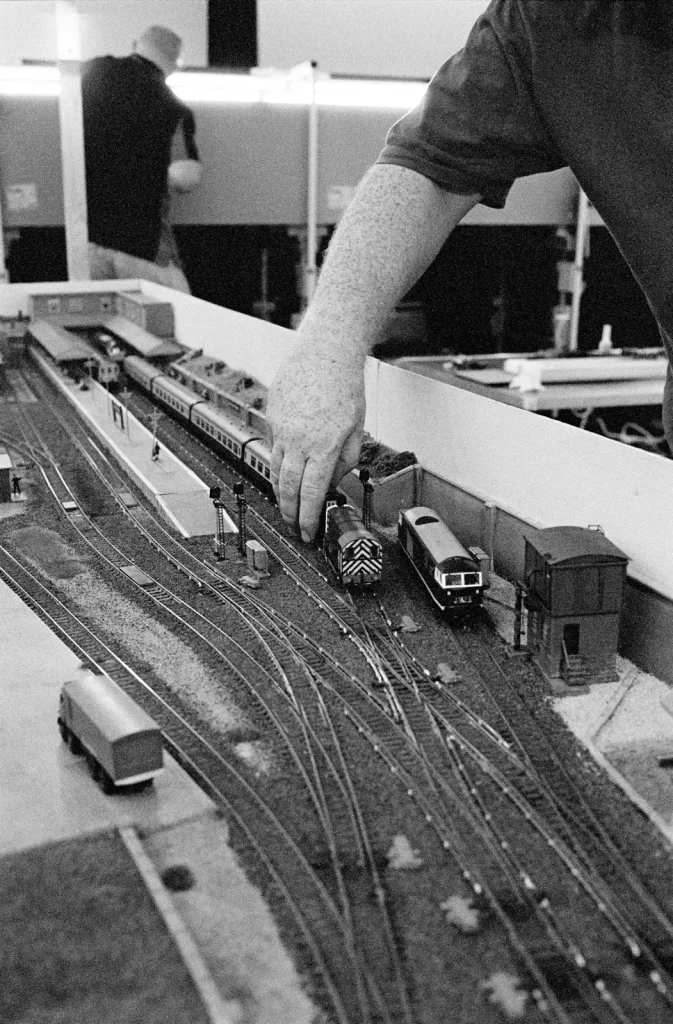
Overall I enjoyed using the film. I think I will use it again, though I’ll try and refine my shooting hopefully produce better results next time.
If you’d like to see more of my work, please go here for my website and here for my Instagram.
Thanks for reading!
Share this post:
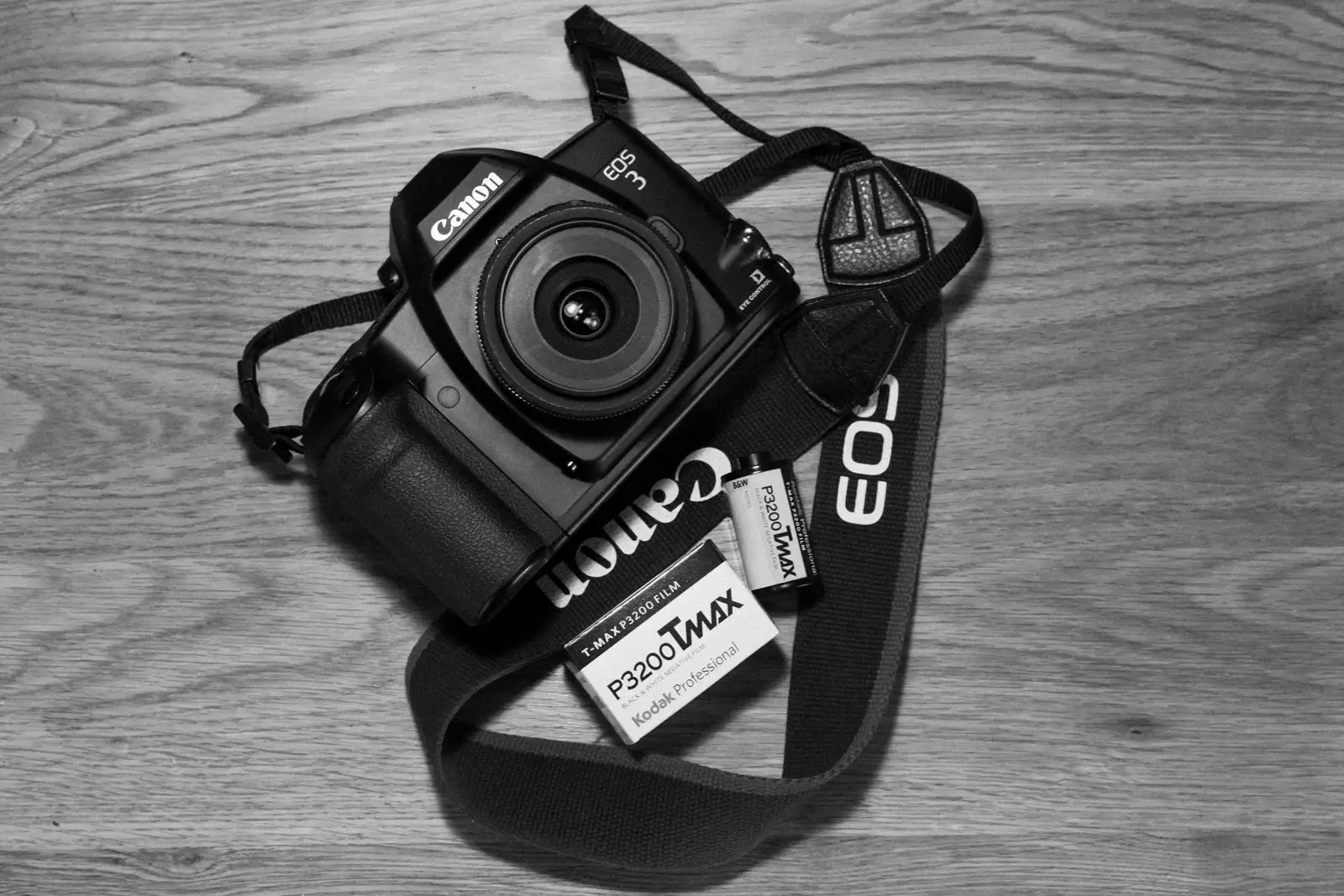
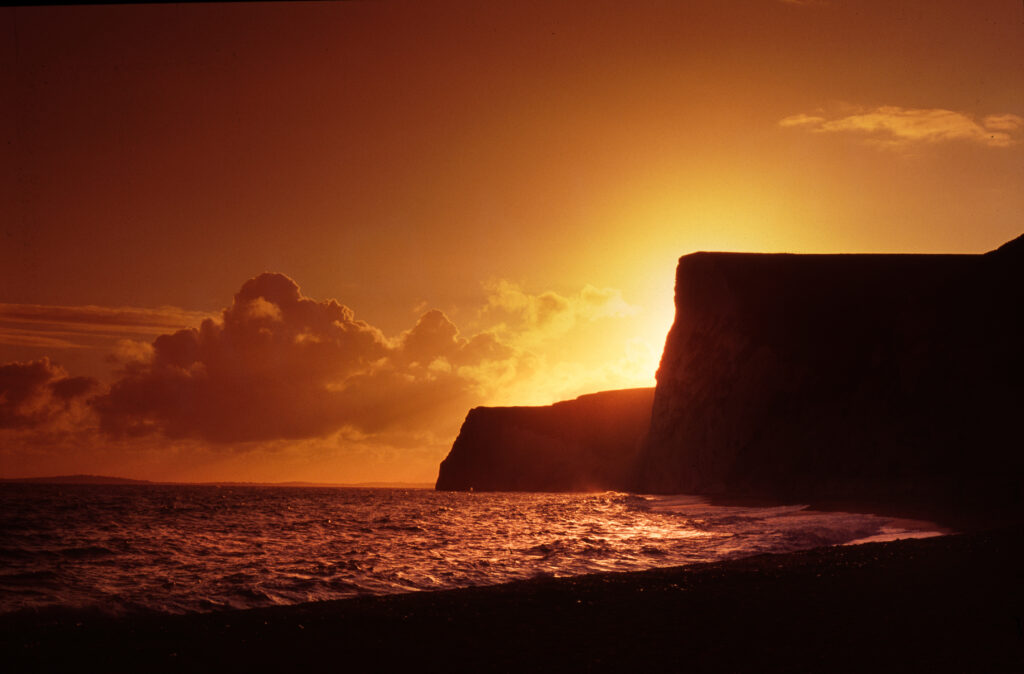
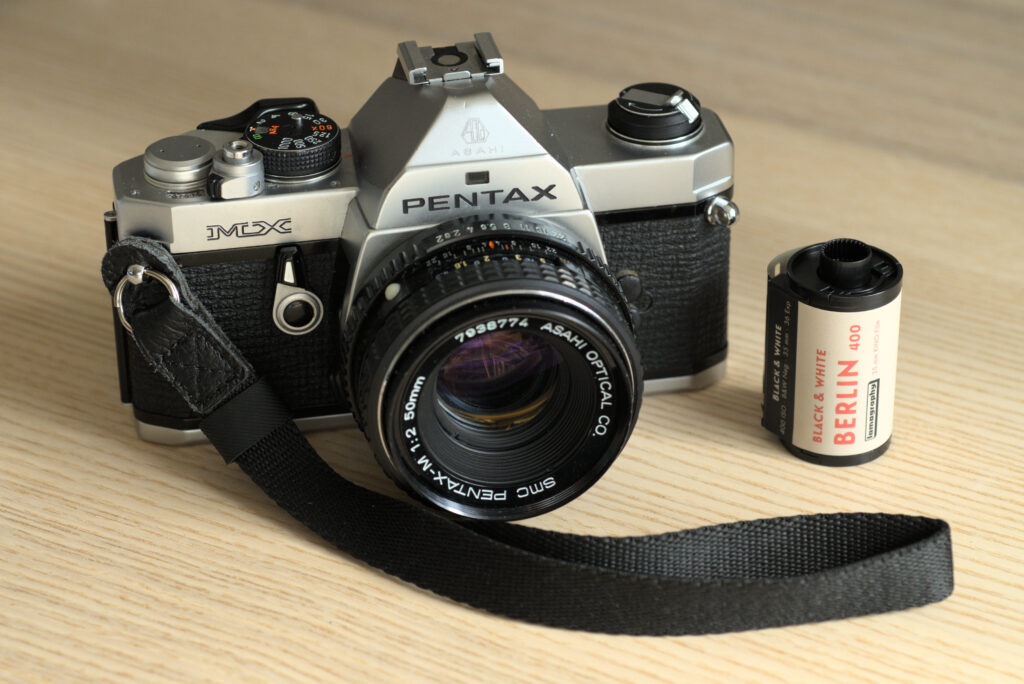
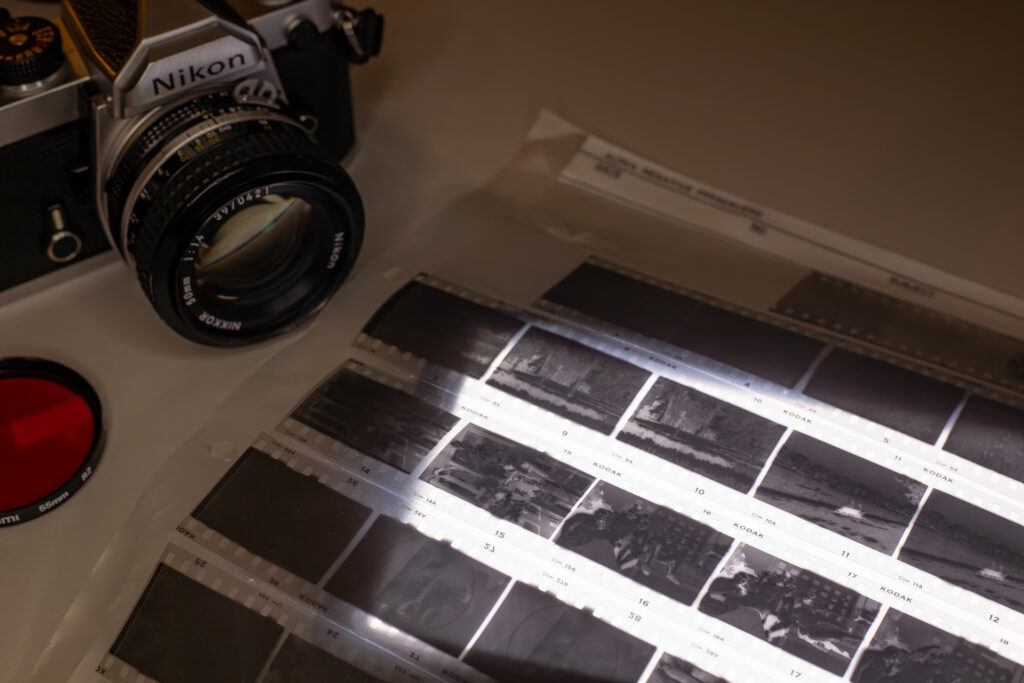
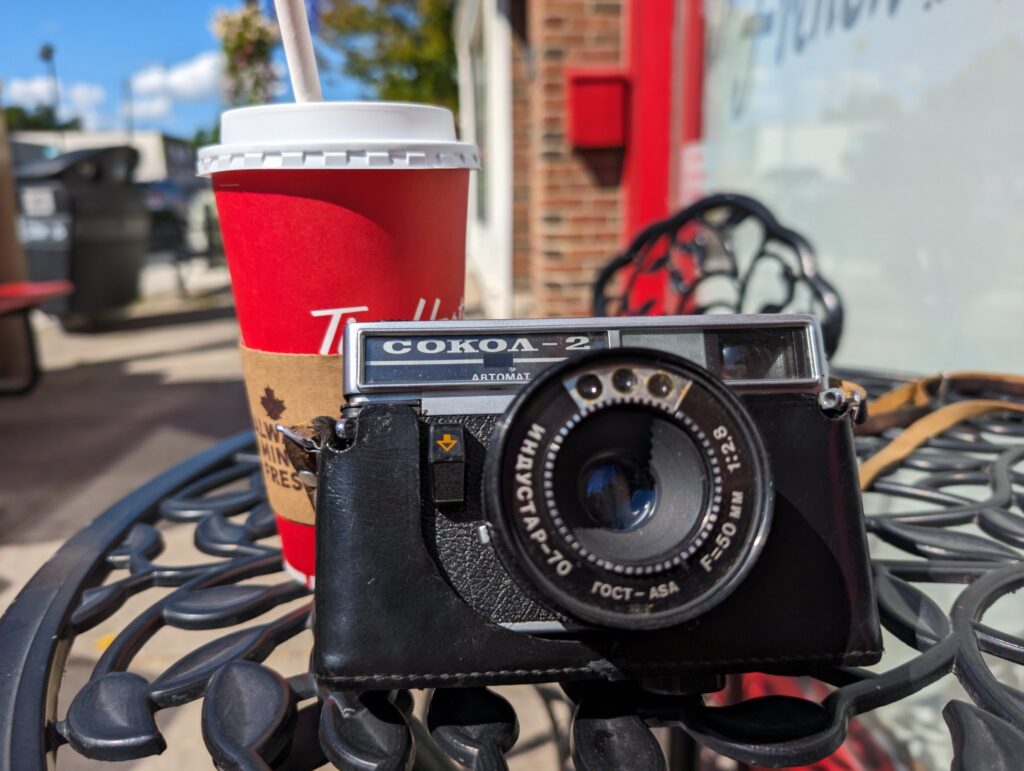
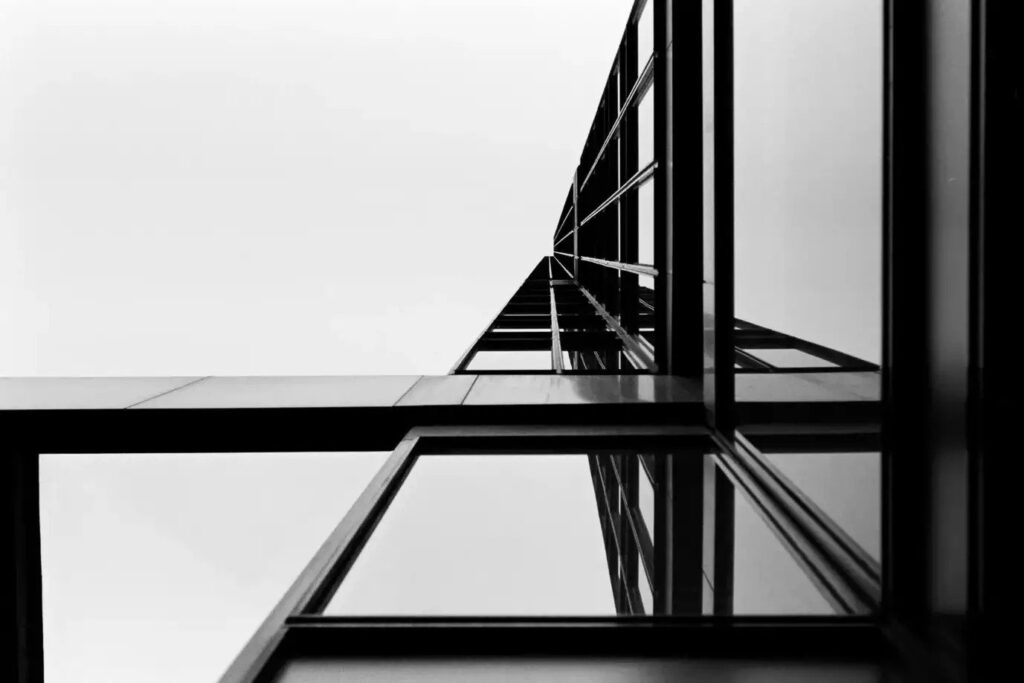
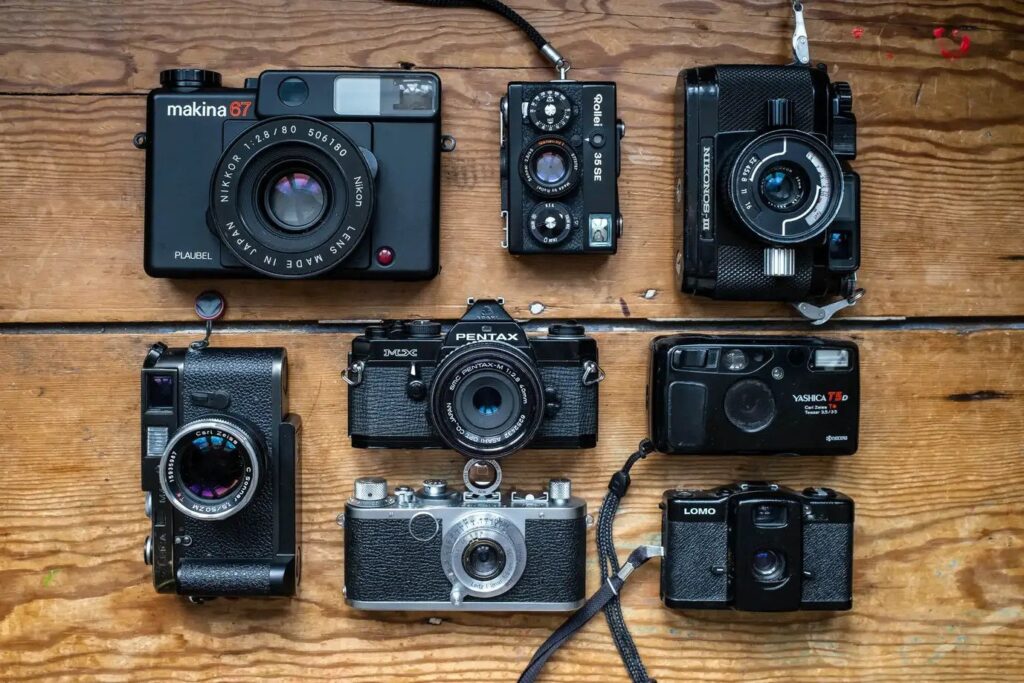
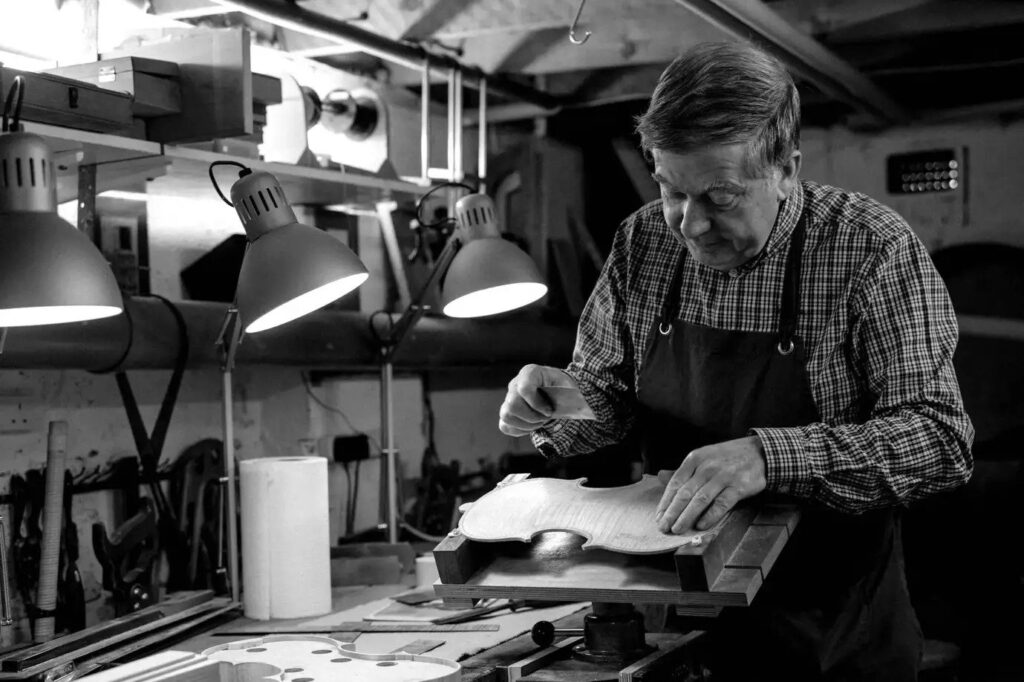
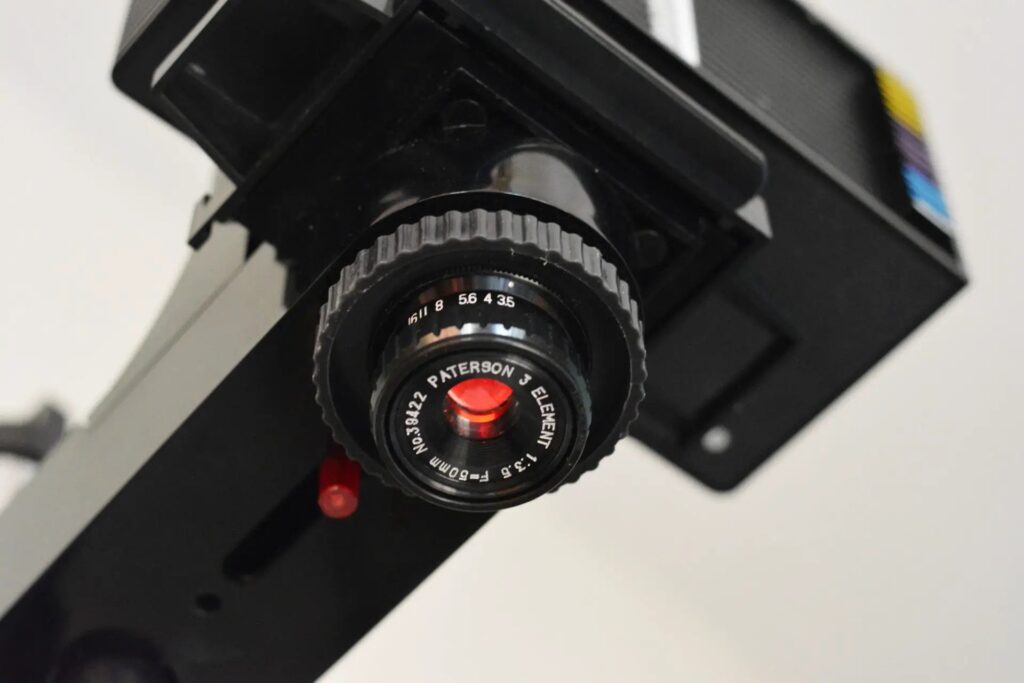
Comments
Gabriel F Bacca on 5 Frames With EOS 3 and Kodak P3200 TMAX – By Matthew Harry
Comment posted: 15/08/2019
Comment posted: 15/08/2019
Roberto Alcaín on 5 Frames With EOS 3 and Kodak P3200 TMAX – By Matthew Harry
Comment posted: 15/08/2019
https://www.albedomedia.com/clasico/analogico/de-la-so675-3-a-la-kodak-t-max-p3200-o-como-caer-de-iso-50-000-a-iso-1-000-en-siete-revelados/
Comment posted: 15/08/2019
eric on 5 Frames With EOS 3 and Kodak P3200 TMAX – By Matthew Harry
Comment posted: 15/08/2019
Like so many these photographs.
The lens is very sharp and this is a tiny lens (so good to carry all day). The camera seems to meter like very good Nikon, and there is no fault on metering. The grain is visible but not so much for a 3200 iso. I like this film I have mostly used with my Nikon 28TI, and results are very sharp too.
Comment posted: 15/08/2019
Alvaro on 5 Frames With EOS 3 and Kodak P3200 TMAX – By Matthew Harry
Comment posted: 15/08/2019
Comment posted: 15/08/2019
Tim on 5 Frames With EOS 3 and Kodak P3200 TMAX – By Matthew Harry
Comment posted: 16/08/2019
Comment posted: 16/08/2019